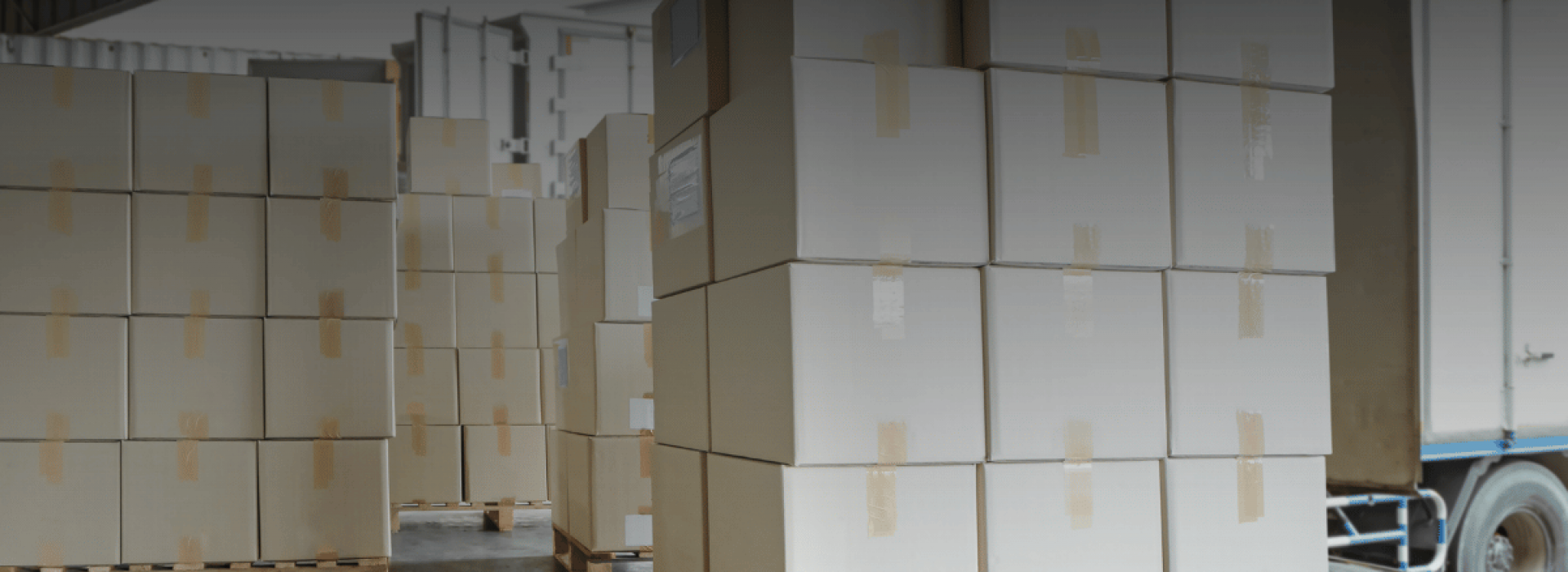The pharmaceutical supply chain is a cornerstone of global healthcare, providing life-saving medications to billions of people. However, counterfeit drugs pose a significant threat to patient safety, public health, and the credibility of the healthcare system. Understanding how counterfeit pharmaceuticals infiltrate the supply chain is crucial for identifying vulnerabilities and implementing robust safeguards.
The Scale of the Counterfeit Problem
An estimated 1 in 10 medical products in low- and middle-income countries is either substandard or falsified, according to a report by the World Health Organization (WHO). Even in developed countries, counterfeit drugs are proliferating, often distributed through online marketplaces and parallel trade channels. These counterfeits range from harmless sugar pills to drugs laced with harmful substances, posing serious risks to consumers.
Stage 1: Production of Counterfeits
Counterfeit pharmaceuticals are often manufactured in clandestine facilities located in regions with lax regulatory oversight. Criminal networks exploit the high demand for expensive or essential medicines, such as antibiotics, antivirals, and lifestyle drugs. Many of these facilities go to great lengths to replicate legitimate packaging, logos, and even holographic seals.
A recent Europol report highlights that counterfeit drugs are becoming increasingly sophisticated, with advanced printing technologies and chemically similar active ingredients making detection more challenging.
Stage 2: Entry into the Supply Chain
Once produced, counterfeit drugs infiltrate the supply chain through various methods:
- Parallel Importation: Diverters exploit regulatory gaps to introduce counterfeit products into legitimate distribution channels. For example, medications intended for one region are rerouted and sold in another under false pretenses.
- Grey Market Sales: Unauthorized distributors mix counterfeit products with legitimate ones, leveraging the trust of healthcare providers and pharmacies.
- Online Pharmacies: The rise of e-commerce platforms provides counterfeiters with direct access to consumers. A study by the National Association of Boards of Pharmacy (NABP) revealed that 95% of online pharmacies operate illegally, with many selling counterfeit drugs.
Stage 3: Distribution and Dispersion
Counterfeit drugs move through a complex web of wholesalers, brokers, and retailers, often evading detection due to insufficient tracking and traceability systems. In many cases, tampered records or inadequate documentation obscure the origin of these products, allowing them to mix with legitimate stock.
Weak Links in the Chain
Several factors enable counterfeit drugs to proliferate in the supply chain:
- Lack of Serialization: Without unique identifiers, distinguishing genuine products from counterfeits becomes challenging. One should note that even if all products are serialized, they are not fully safe.
- Fragmented Regulation: Inconsistent enforcement of anti-counterfeit measures across countries creates loopholes for bad actors.
- Insufficient Screening Technology: Traditional manual inspection methods often fail to detect sophisticated counterfeits.
Consequences for Patients
For patients, the consequences of consuming counterfeit pharmaceuticals can be dire. At best, they receive no therapeutic benefit; at worst, counterfeit drugs can cause severe adverse reactions, including death. The Centers for Disease Control and Prevention (CDC) reports that counterfeit medications contribute to tens of thousands of deaths annually worldwide.
Fighting Back: Securing the Supply Chain
To combat counterfeit pharmaceuticals, stakeholders across the healthcare ecosystem must take coordinated action:
- Serialization: Continue advancing with serialization. While it does not address all challenges and does not fully stop counterfeiting, it represents a significant step forward and is a legal requirement for prescription drugs in certain regions.
- Technological Solutions: Tools like TrueMed’s instant detection methods use advanced scanning technology to identify counterfeit products at any stage of the supply chain.
- Legislation and Enforcement: Governments must adopt stricter penalties for counterfeiters and enhance cross-border cooperation to dismantle criminal networks.
- Consumer Education: Patients should be encouraged to purchase medications only from trusted pharmacies and verify the authenticity of products whenever possible.
The fight against counterfeit pharmaceuticals is far from over. By understanding how these products infiltrate the supply chain, organizations like TrueMed are better equipped to implement immediate preventative measures and protect patient safety. From advanced detection methods to robust regulatory frameworks, every stakeholder has a role to play in securing the integrity of the pharmaceutical supply chain.


